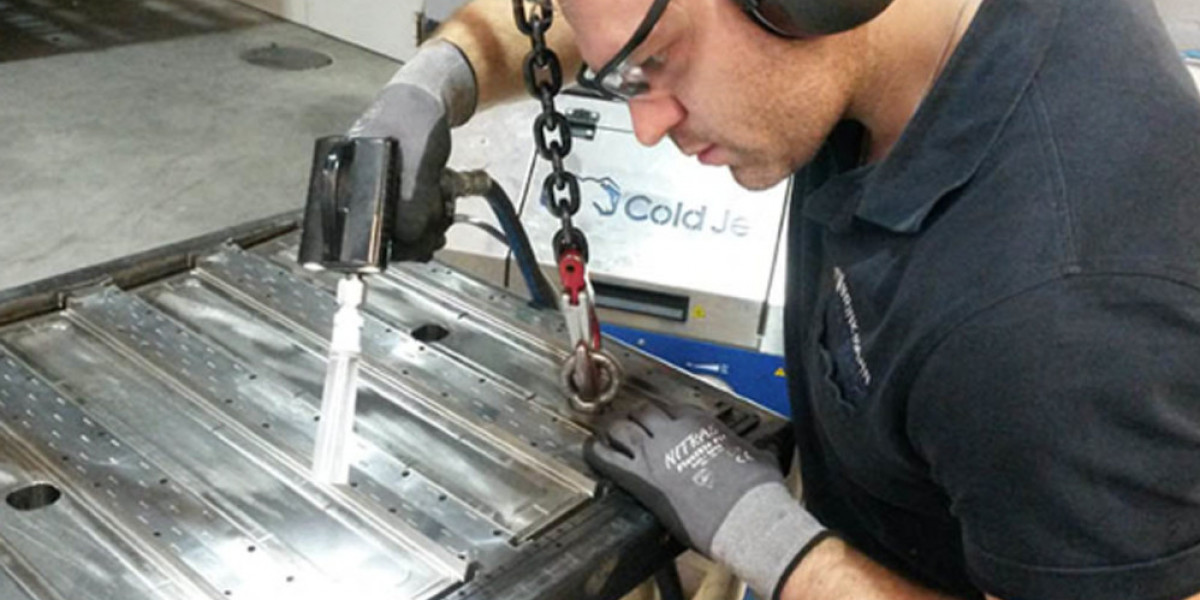Improve Safety and Sanitation with Dry Ice Blasting
In today’s industries and facilities, maintaining a high level of cleanliness and safety is more than a routine requirement—it’s a necessity. Whether it’s a food processing plant, a manufacturing facility, or a public space, unsanitary conditions can lead to health hazards, safety violations, and operational downtime. Dry ice blasting is becoming a preferred method for cleaning and sanitizing equipment and environments because of its powerful yet safe cleaning action.
What Is Dry Ice Blasting?
Dry ice blasting is a non-abrasive cleaning technique that uses compressed air to accelerate dry ice pellets (solid carbon dioxide) at high speeds. When these pellets impact a surface, they lift away dirt, contaminants, and residues without damaging the material beneath. Upon contact, the dry ice sublimates—changing from solid to gas—leaving behind no secondary waste, moisture, or residue.
This unique cleaning method is ideal for applications where sanitation, safety, and environmental responsibility are priorities.
How Dry Ice Blasting Enhances Sanitation
1. Completely chemical-free cleaning
Dry ice blasting does not require the use of harsh chemicals or detergents, making it a safe method for environments that must remain free of chemical residues. This is especially important in food production, medical facilities, and pharmaceutical operations.
2. Effective removal of bacteria and biofilms
Dry ice blasting not only removes visible dirt and debris but can also dislodge bacteria, mold, and stubborn biofilms from hard-to-clean areas. The force and cold temperature (-109°F / -78°C) help kill microbes while ensuring a sanitized surface.
3. Suitable for sensitive and hard-to-reach surfaces
Because dry ice can reach deep into corners, cracks, and machinery without disassembly, it is ideal for sanitizing equipment in production environments. It cleans in areas where brushes, rags, or conventional sprayers simply can’t reach.
4. No moisture involved in the process
Unlike steam or water cleaning, dry ice blasting is completely dry. This eliminates the risk of water pooling, mold growth, or corrosion—common issues in moisture-based cleaning systems.
Improving Safety with Dry Ice Blasting
1. Reduces slip and trip hazards
Dry ice blasting helps remove grease, oil, and grime that accumulate on floors, machinery, and workstations. By eliminating these hazards, it contributes to safer work environments and fewer accidents.
2. Minimizes downtime and enhances equipment reliability
Keeping equipment clean without disassembling it means machinery runs more efficiently and with fewer interruptions. This helps prevent breakdowns and reduces the risk of malfunctions caused by residue buildup.
3. Non-toxic for workers and the environment
Since the process is non-toxic and generates no harmful fumes or particles, it’s safe for use around personnel, unlike some solvent-based or abrasive methods that require additional precautions.
4. Prevents contamination in production areas
Clean machinery and sanitized environments lower the risk of cross-contamination, especially in industries like food processing, pharmaceuticals, and electronics, where even tiny particles can cause major issues.
Common Applications for Safety and Sanitation
Dry ice blasting is used in many sectors where both hygiene and operational safety are key:
Food and beverage production
Cleans ovens, conveyors, mixers, packaging lines, and mold-prone areas without leaving residuePharmaceutical and medical device manufacturing
Ensures sterile equipment and surfaces without introducing chemicalsPublic transportation and shared spaces
Sanitizes buses, trains, stations, and terminals, especially during disease outbreaksCommercial kitchens and restaurants
Removes grease buildup in hoods, vents, grills, and prep areasHospital and care facility equipment
Cleans and sanitizes equipment safely without moisture or abrasive damageAutomotive and aerospace maintenance
Removes oils and contaminants from components without disassembly
A Deeper Look at Food Safety
In food-related environments, dry ice blasting is especially valuable because it helps meet strict sanitation regulations. Equipment used in food prep and packaging must be free from bacteria, allergens, and buildup. Dry ice blasting cleans without cross-contaminating or using cleaning agents that could affect product safety.
Because there is no water, there is less chance of corrosion or recontamination. Cleaning can also be done more frequently, reducing microbial growth over time.
Time-Saving and Cost-Efficient
One of the major advantages of dry ice blasting is how it reduces cleaning time. Traditional cleaning often requires halting production, dismantling machines, and scrubbing each part by hand. Dry ice blasting can be done in place (in-situ), dramatically lowering downtime and labor costs.
It also saves money by extending the life of equipment and avoiding the need for chemical cleaners and water treatment systems. In industries with thin margins and high throughput, this efficiency becomes a serious advantage.
Precautions and Safety Tips
While dry ice blasting is safe, trained professionals should always handle the process. Some precautions include:
Ensure proper ventilation, as CO₂ displaces oxygen
Use protective gear during operation
Monitor air quality in enclosed spaces
Isolate and contain the area if dislodging heavy debris or contaminants
Follow industry guidelines for waste disposal of contaminants post-cleaning
Conclusion
Dry ice blasting is a modern solution to the age-old problem of keeping environments clean and safe. It is fast, efficient, and free from the risks associated with chemicals, water, or abrasive cleaning methods. From food production lines to sensitive medical equipment, dry ice blasting improves sanitation while reducing risks for workers and consumers alike.
Whether you're focused on health standards, operational safety, or sustainability, dry ice blasting provides a reliable method to meet high sanitation goals with minimal impact. It is the future of safe, clean, and responsible industrial cleaning.







